Ep. 126: Second Person Point of View
Description
In episode 126, I talk with my friend and fellow Story Grid editor Anne Hawley about second person point of view in the context of David Austin's short story "All American." We discuss why you might want to experiment with this point of view, even if it's not right for your story.
<figure class="
sqs-block-image-figure
intrinsic
">
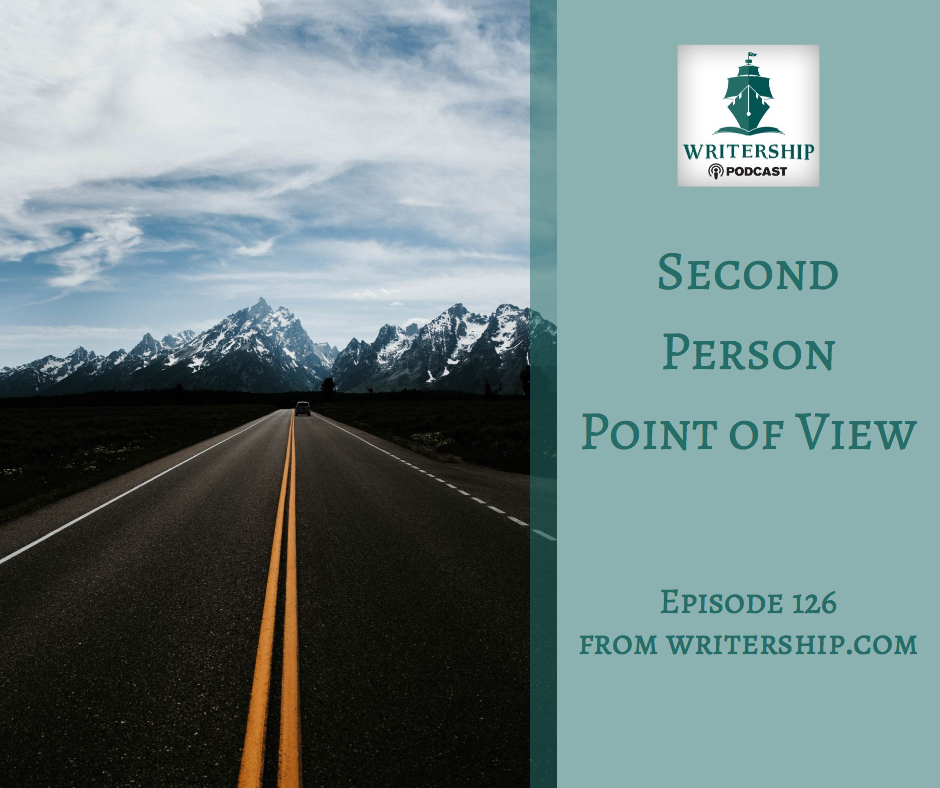
</figure>
Listen to the Writership Podcast
Second Person Point of View
The important thing to understand about any point of view choice is that it's not just a grammatical construct, and that's not a useful way to make your point of view choice. Think about it this way: When you choose a point of view character or narrator, you answer the question, who should tell this story? When you choose the specific point of view, you're answering the question, how should the character or narrator tell the story?
If you think of point of view like a camera's view finder, you're on the right track, but goes deeper because certain choices when combined with other writing tools, allow the reader to slip into the character's skin or view the scene from far away in time and space.
Many new writers are discouraged from using second person. It has its disadvantages, like any point of view choice, and is tricky to pull off. But when executed well and in the right circumstances, it produces a beautiful effect. So why might you choose to use this much maligned point of view?
Advantages
● Immediacy. Even when the story is about something that happened in the distant past, the reader is so close to the character, and the events and setting can feel like reliving rather retelling. When it works, it allows the reader true immersion in the story experience to the extent that they might dissolve into the character.
● Sensory Details. A rich sensory experience can be created with any choice, but the immersion effect transforms something like a black and white film to technicolor.
● Persuasion. This POV has a hypnotic quality that works subliminally and is especially powerful when the character is trying to convince themselves or someone else of some Truth.
● Direct Attention. Even as the POV has a hypnotic feel, you can guide the reader's focus more directly. Instead of seeing only the landscape of the setting, the reader is drawn where the narator sends them.
● Intense. Again, you can create an intense experience with any POV, but the immersion experience kicks this up a notch or two.
Disadvantages
That's what you can gain, but what might you lose?
● Alienation. Some readers don't like the directness of this POV.
● Rigid Narrative Distance. Second person lacks the flexibility of other POVs to gain more narrative distance.
● Reader’s Resistance. Most readers would rather observe unsavory characters from a distance and not slip into their skin.
● Core Emotion. More generally, readers experience the story's Core emotion with a protective frame. Dissolving that frame can make them feel uncomfortable.
● Instructions.This POV can feel like the directions in a how-to book.
How can you evaluate your choice?
“Point of View in Fiction: The Development of a Critical Concept” by Norman Friedman
Norman Friedman described different variables involved in point of view, and we've added a final question. We'll apply it to our submission from the podcast. (Listen to the episode for a more in-depth discussion of the questions.)
● Who is telling the story or talking to the reader? In "All American" the character-narrator is telling the story to you.
● From what position or angle regarding the story? The character narrator is in the middle of the story, and wants the reader to be there too.
● From what vantage point in time and space relative to the events of the story (near, far, shifting)? Sometime time in the future, though it's not clear from the first half of the story when exactly.
● Through which channels of information do we learn about mental states, setting, situation, character? We receive information through the author’s words and the character-narrator's words, actions, thoughts, perceptions, and feelings. We have almost total access within the confines of the character-narrator's direction.
● What is the balance of telling and showing? The balance weighs in favor of showing, and everything the character-narrator tells us is woven into sensory experience.
● Why is the character-narrator telling the story? The character seems to be seeking buy-in or absolution. It’s as if he’s trying to convince the reader that they would do what he had done in these circumstances.
Editorial Mission—What Would You Do?
Rewrite a scene from your work in progress in second person point of view. This is a challenging POV to write in, so do the best you can. View it as an experiment. Read what you write and answer Friedman’s questions.
● Who is telling the story or talking to the reader?
● From what position or angle regarding the story (above, periphery, in front, center, shifting)?
● From what vantage point in time and space relative to the events of the story (near, far, shifting)?
● Through which channels of information do we learn about mental states, setting, situation, character?
● What is the balance of telling vs. showing in the story?
● Why is the narrator telling the story?
What do you notice about the POV you’ve chosen by comparison?
Wise Words on Point of View
<figure>
“Second-person narration is rare. On one hand, like first-person narration, it has an intimate feeling. On the other hand, while the intimacy of first-person narration is that of storytelling, the intimacy of second-person narration is that of telepathy: the book is... directly telling you what you think or feel ...
You’ll usually find second person narrative keeping close company with Present Tense Narrative, to reinforce the impression that this isn’t just happening to you, but it’s happening to you right now.
If you look hard enough, you will discover indications that the second-person narrator is not supposed to be You, the Reader. [This causes You the Reader to wonder] why the author ... would dare try to make you identify that intimately with a second-person narrator who is, um, not you.
”
<figcaption class="source">— tvtropes.org</figcaption>
</figure>
The Submission
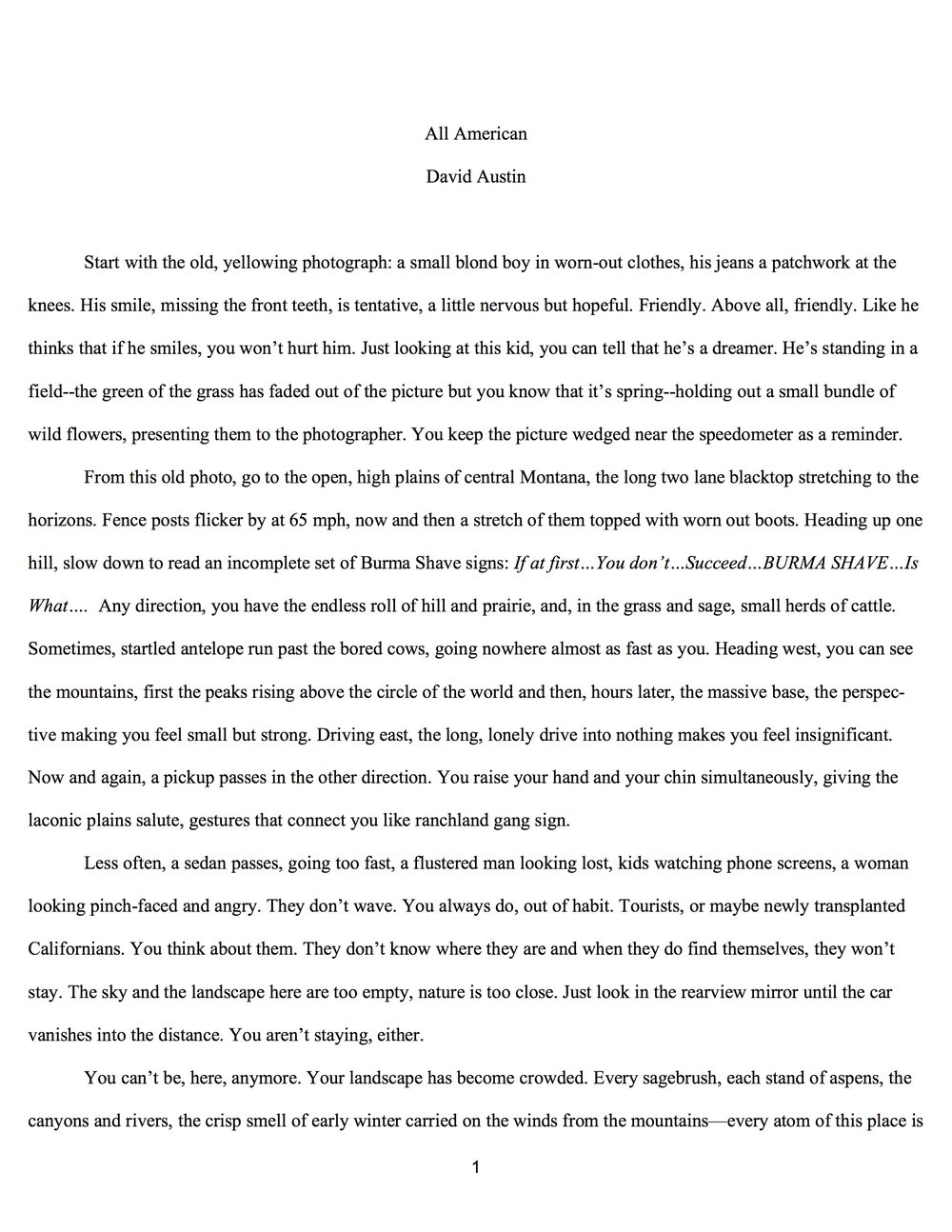
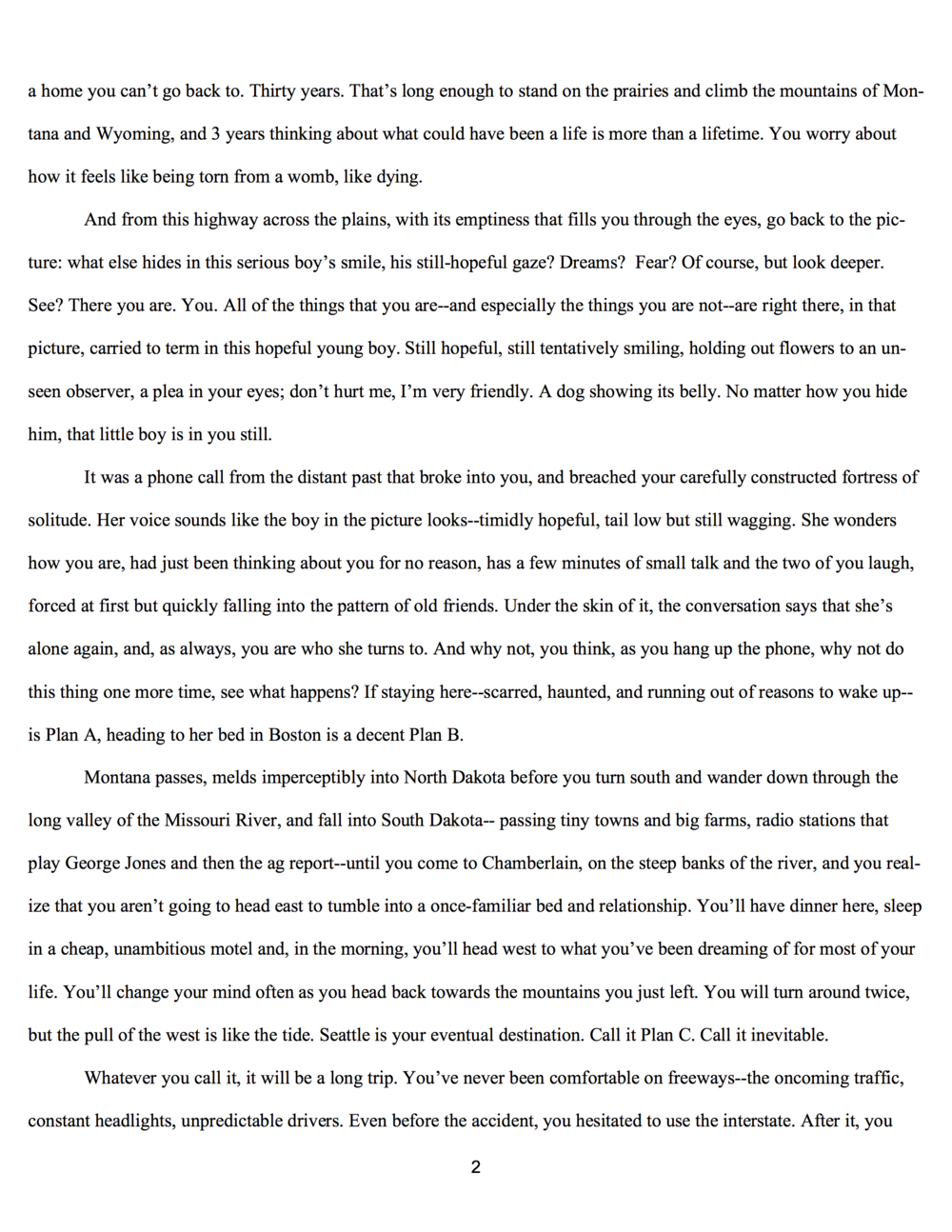
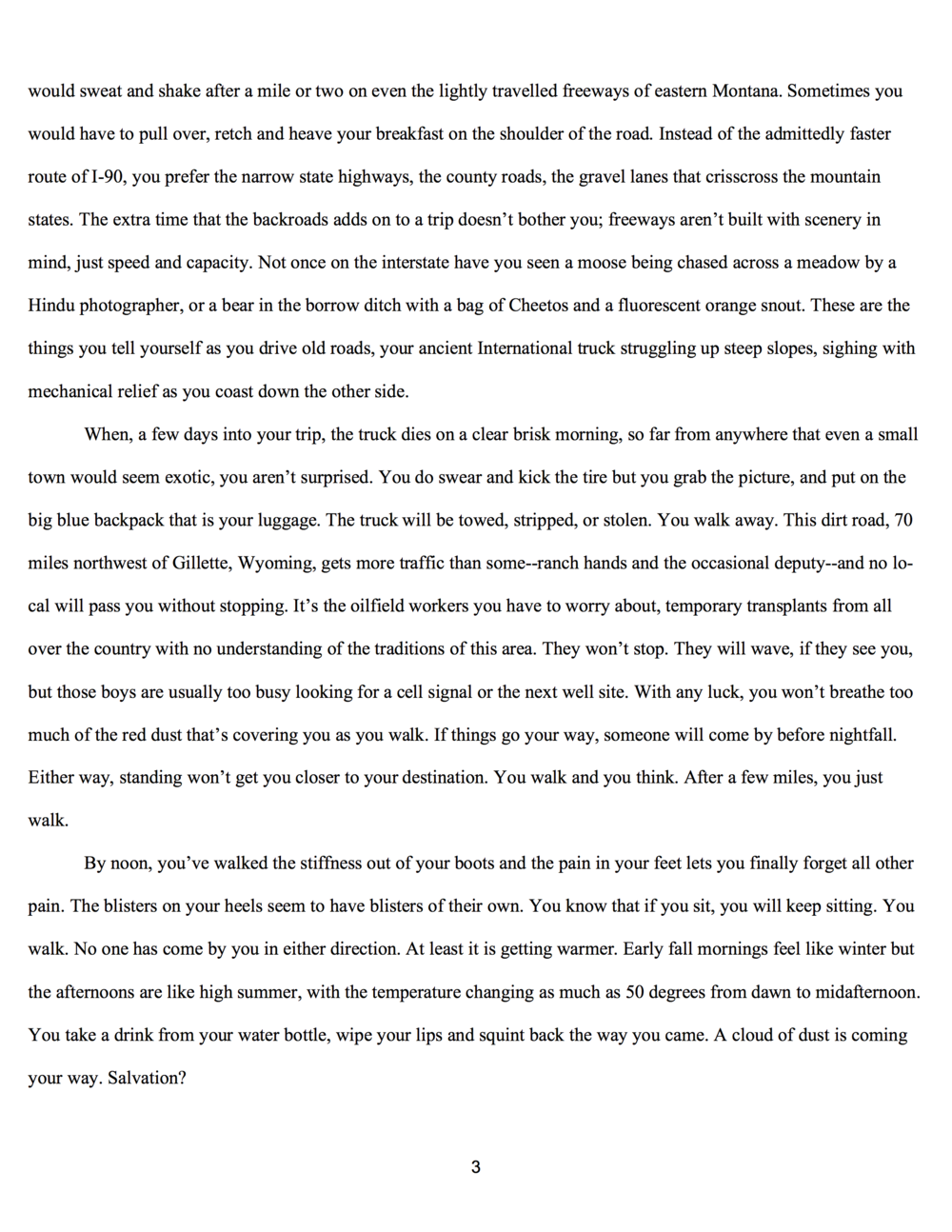
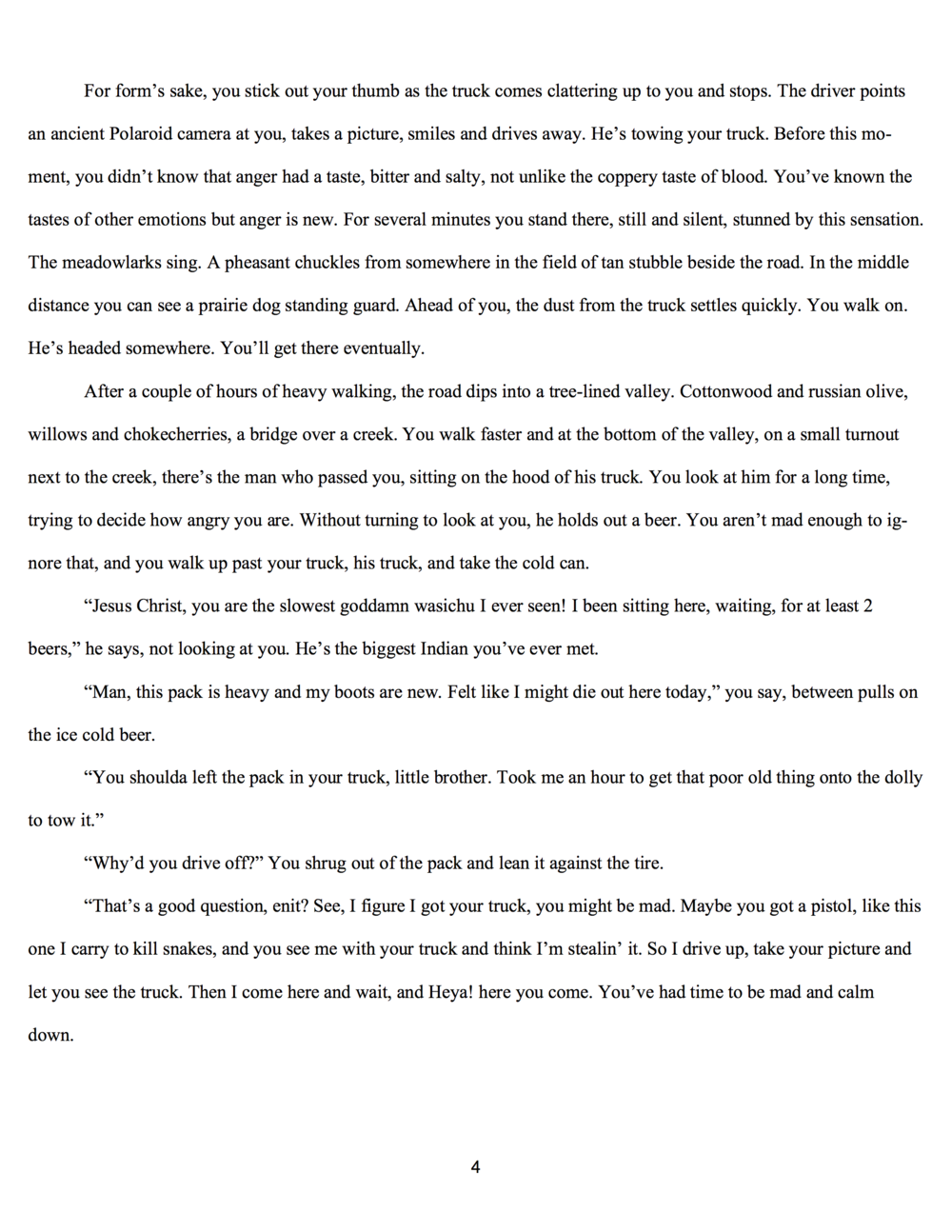
About My Guest Editor
You may remember my friend Anne Hawley from episodes 106, 108, and 114.
<figure class="
sqs-block-image-figure
intrinsic
">





